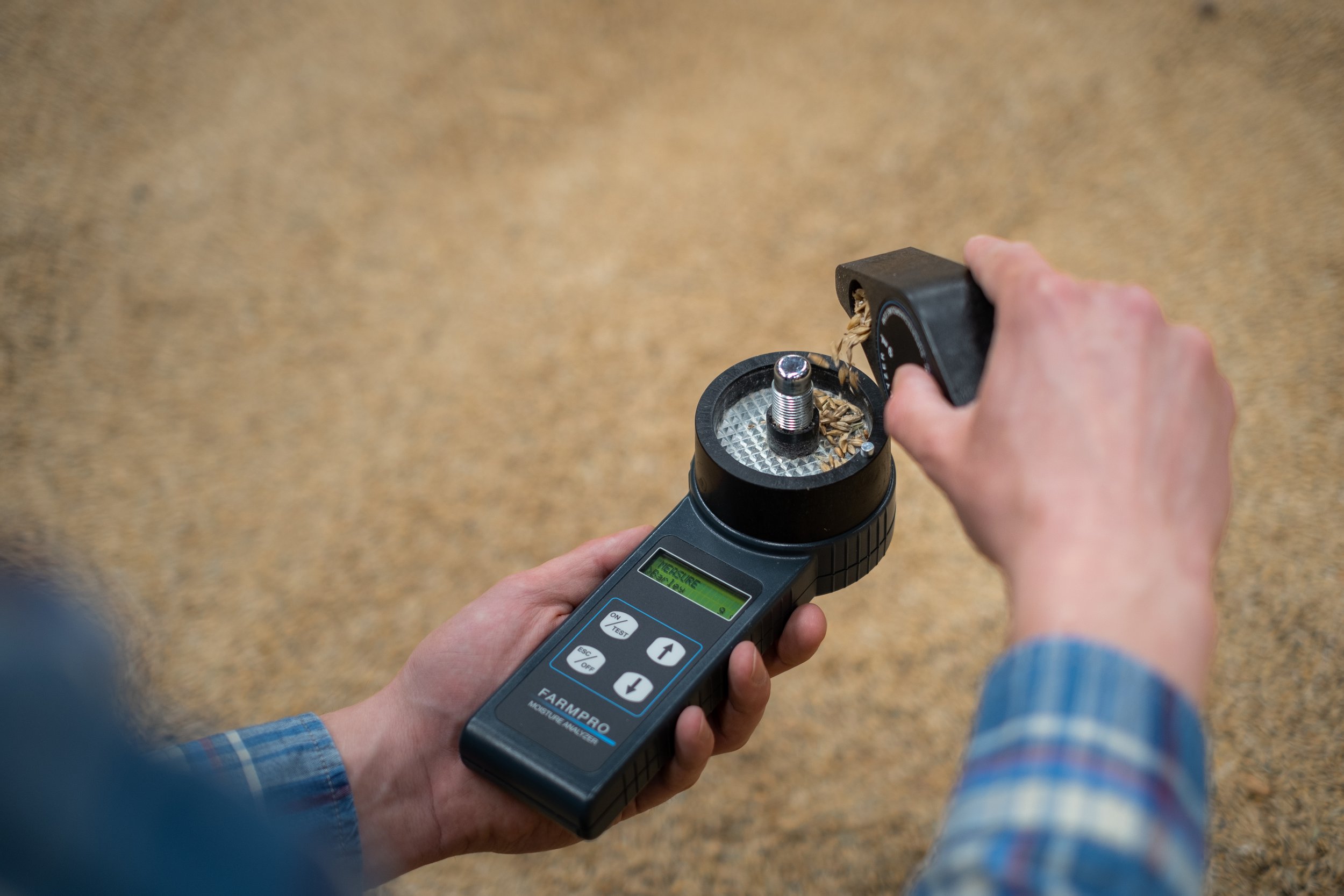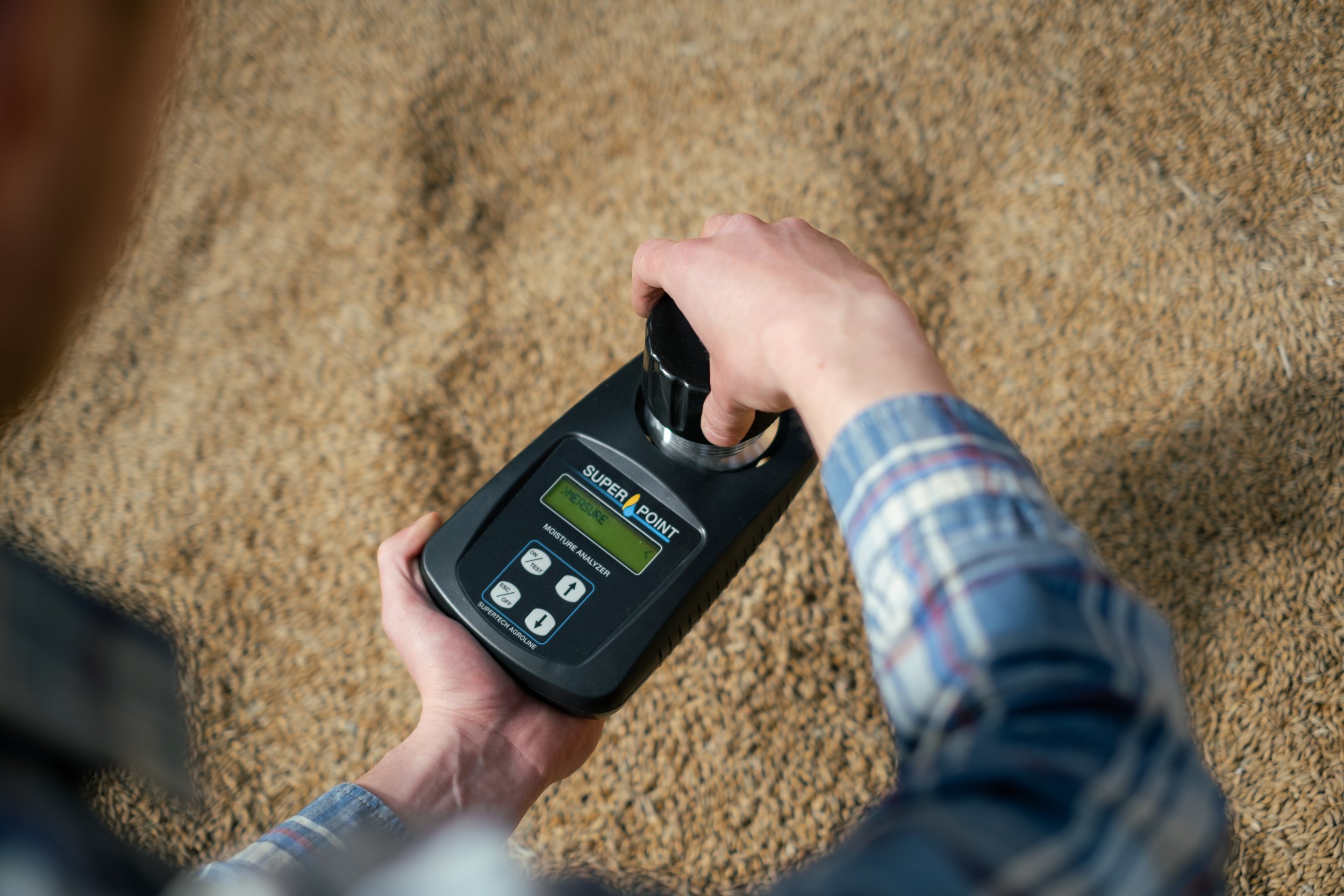Maize Moisture Content at Harvest: Best Practices for Optimal Quality
Maize, or corn, is a vital crop used globally in various food products, livestock feed, and biofuels. One of the key factors influencing the quality and profitability of maize is its moisture content at harvest. Understanding and managing moisture levels is crucial for ensuring optimal storage, processing, and overall grain quality. In this blog post, we'll delve into why moisture content matters at harvest, how to measure it accurately, and best practices for managing it effectively.
Why Moisture Content of Maize at Harvest Matters
Prevent Spoilage and Damage: Harvesting maize at the correct moisture content helps prevent spoilage, mold growth, and insect infestation. High moisture levels can lead to increased microbial activity, compromising the quality of the grain.
Optimize Storage: Proper moisture management is essential for safe and effective storage. Maize stored at inappropriate moisture levels can experience problems such as heating, spoilage, and decreased shelf life.
Enhance Processing Efficiency: For maize used in milling or ethanol production, the moisture content affects processing efficiency. Optimal moisture levels ensure better grinding, higher yield, and consistent product quality.
Economic Impact: The moisture content of maize at harvest affects its weight and market value. Proper management can prevent discounts at sale and reduce the cost of drying.
Moisture content of maize at harvest
Harvesting Guidelines: Maize is typically harvested when its moisture content is between 15% and 20%. This range balances the risk of field losses and the cost of drying. Harvesting too early or too late can lead to issues with grain quality and storage.
Optimal Storage Moisture: For long-term storage, maize should be dried to a moisture content of 13-15%. This range helps prevent spoilage and ensures the grain remains in good condition throughout the storage period.
How to Know the Moisture Content of Maize?
Accurately determining the moisture content of maize is crucial for effective harvest and storage management. Here’s how you can ensure precise moisture measurement with the help of AgroLog's advanced grain moisture meters:
Use a Reliable Grain Moisture Meter: The most efficient way to measure maize moisture content is by using a high-quality grain moisture meter. AgroLog’s moisture meters are designed to deliver accurate and reliable readings, providing you with the information needed to make informed decisions. Our Super Pro, used also on Clarkson’s Farm, is the most popular and used.
Advanced Technology: AgroLog's meters utilize cutting-edge technologies, ensuring precise moisture measurement tailored for maize.
Quick and Accurate Results: Our moisture meters offer fast and accurate results, allowing you to assess moisture levels in real-time. This speed and accuracy are crucial for making timely harvesting and drying decisions.
Collect Representative Samples: To obtain an accurate measure of moisture content, it’s essential to collect samples from multiple locations within your field. This helps in getting a comprehensive understanding of the overall moisture level and avoids the risk of variability affecting your results.
Calibrate Your Meter Regularly: For the most accurate readings, ensure that your AgroLog moisture meter is regularly calibrated according to the manufacturer’s guidelines. Regular calibration maintains the precision of your measurements and ensures reliable performance.
Follow Proper Testing Procedures: When using your AgroLog moisture meter, follow the proper testing procedures as outlined in the user manual. Consistent sampling and measurement techniques will yield the most accurate results.
Interpret Results for Harvesting and Storage: Once you have the moisture readings, interpret the results to decide on the appropriate harvesting and drying actions. AgroLog’s moisture meters come with clear, easy-to-read displays that help you quickly understand the moisture content and make the necessary adjustments.




















